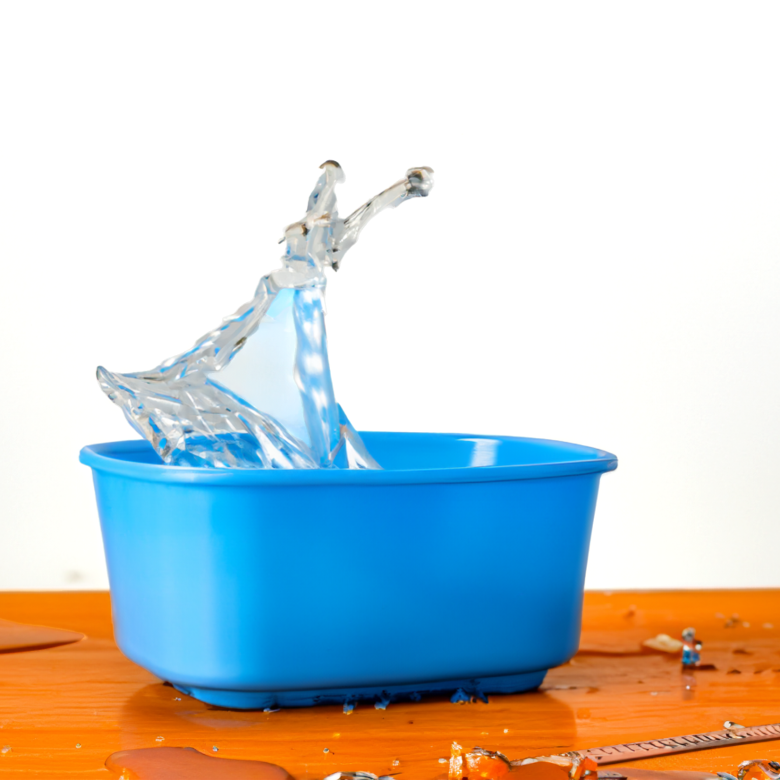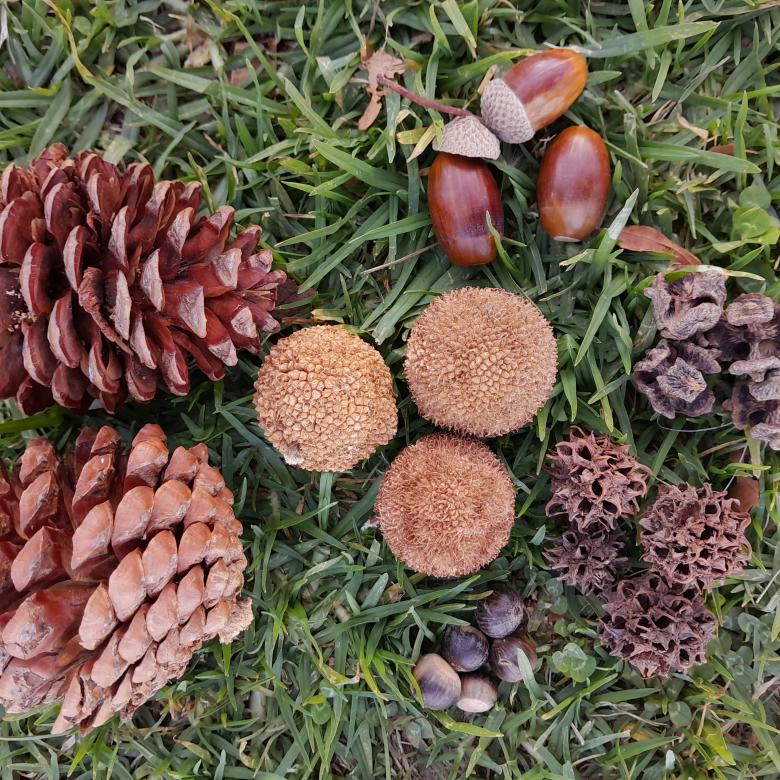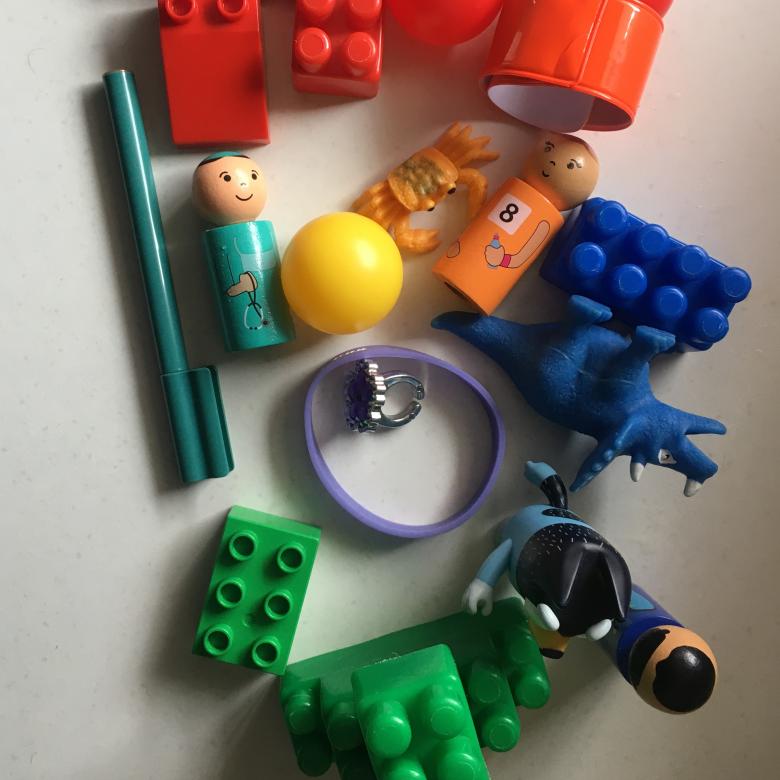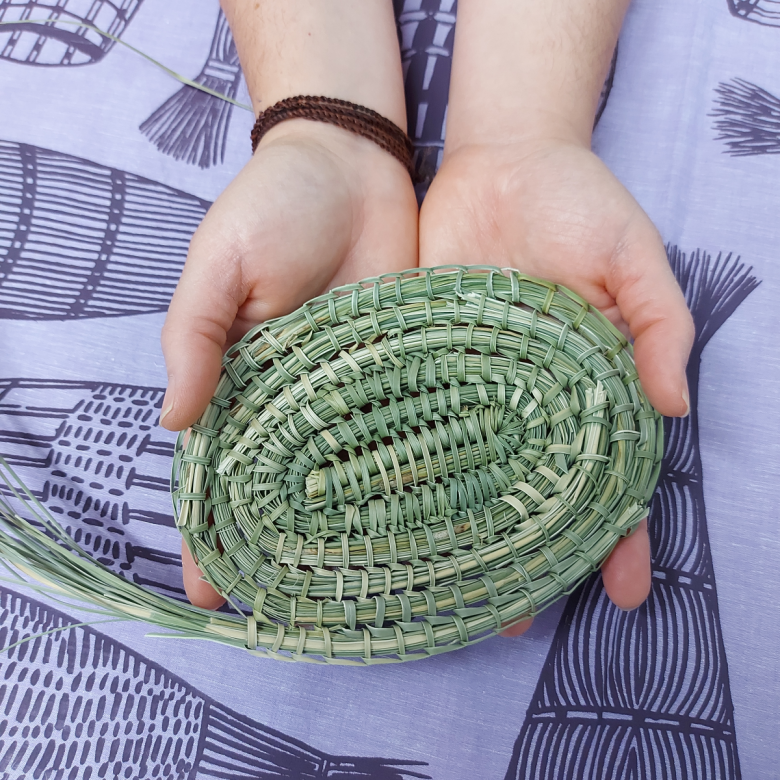You’ll need
- A large, deep plastic container, like a plastic washing tub
- Water
- A ruler
- A large spoon or spatula
- Another plastic container (any will do, as long as it holds the same amount of water as the first tub)
- A clear plastic cup, ideally nearly as tall as your tub is deep
- A permanent marker
- Scissors
- Blu Tack
What to do
- Half fill the large container with water and measure the depth of the water with the ruler.
- Simulate a rough sea by sloshing the water back and forth with the spoon or spatula. Try not to splash water out of the container. How easy is it to read the water level now?
- Pour all the water into the other container so you can start again. This time you will use a stilling well to measure the water level.
- Using the marker pen, mark every 1 cm up the cup, starting at the bottom.
- Ask an adult to use the scissors to poke holes every 2 cm in a straight line down the cup.
- Stick the cup to the bottom of the empty plastic container with Blu Tack.
- Pour the water back into the container. Do not make it deeper than the cup. Wait until the water in the cup and the container are at the same level. (The cup will fill slowly.)
- Use the spoon to slosh the water in the container. How easy is it to read the level of the water in the cup?
Questions to ask
How deep was the still water? Did the depth change when you sloshed the water around?
Did the cup make it easier to read the depth of the water when it was sloshing around? Did the depth change?
What's happening
It’s hard to measure the water level when the water is sloshing around. The cup acts as a wave break. Water can flow in and out of the small holes, but the sides stop the waves. That makes it easier to measure the depth.
Sea levels rise and fall during the day. These rises and falls are called tides. To measure the sea level, scientists use tide gauges. These gauges are kept inside stilling wells. The wells protect the gauges from rough water. This makes it easier to measure the sea level, even during stormy weather.
The cup in your experiment acts like a stilling well.
Did you know
In the past, to measure the tide, a scientist would go out to a tide gauge and take measurements several times a day. Modern tide gauges use electronic measuring devices that are inside a floating buoy. But they still need a stilling well to keep the water level steady while the readings are recorded and transmitted back to land or up to satellites.




